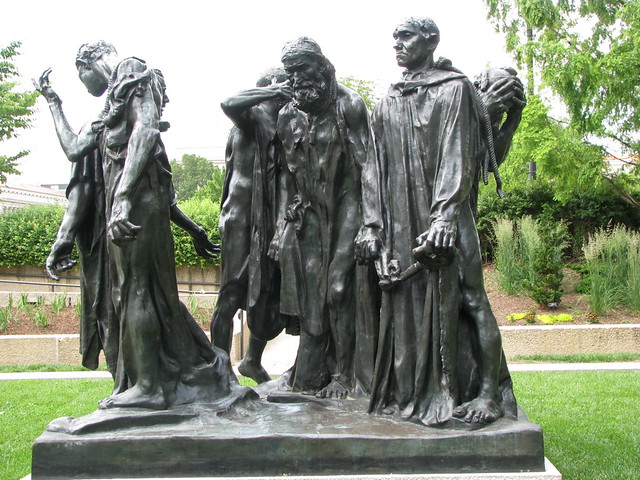If you're interested in history, (and a family that made film history) or if you're interested in how events get reported during and after a war, then you really should read Alone: Britain, Churchill, and Dunkirk: Defeat Into Victory by Michael Korda. For me, tt crystallized certain aspect of British history, the country's view of itself in relation to the rest of Europe, and what was highlighted in films of the WW II. Then, of course, there is the issue of how you truth can be more effective at boosting morale than false propaganda.
.Class divisions was not altogether absent from British consciousness, Korda notes, despite the attempts to put differences aside to work together:
The spirit of wartime unity between the rich and the poor was not altogether a fiction, but it was nothing like as strong as it became portrayed later on in British propaganda, let alone in films and eventually television. ... British class warfare was ever so slightly suspended during the war, but by no means eliminated. (451)
That particular issue is at the center of the book that was quickly adapted into a film, both with the title This Above All.
As for the position the Brits saw for themselves within Europe, it is in the book's title. Though the country started its involvement as an ally to others, the big shift it found at Dunkirk was that it was free to focus on its own needs in the war, a feeling that Korada finds repeated in the Brexit vote:
King George VI spoke for the whole nation when he wrote to his mother Queen Mary after the fall of France, 'Personally, I feel happier now that we have no allies to be polite to and to pamper.' Dunkirk is not unrelated to the emotions of those who demanded 'Brexit,' the British exit from the European Union in 2016. There was a national sense of relief in 1940 at leaving the Continent and withdrawing behind the White Cliffs of Dover. (p. 461)
 |
| https://commons.wikimedia.org/wiki/File:Keep-calm-and-carry-on.svg |
To return to another film of the time, They Met in the Dark features the song, "Toddle Along" at least three times. The lyrics stress exactly what the British felt got them through the war, carrying on, even when the going gets tough. This is what Korda finds in the experience of Dunkirk and why the truth worked better than any lie could: "Churchill did not need a propaganda minister like Joseph Goebbels -- he was his own best propagandist, and his instinct that the British would rally when their backs were to the wall was proved correct." (432)
The British press embraced that approach, too, and that is why even a retreat could be seen not as a loss of honor but a symbol of the nation's resolution:
By now the British press was finally reporting on the Dunkirk evacuation with relative frankness." He cites the description of the withdrawal with a description of the "difficulties" involved. Then he say, "The piece marks a significant change from the Ministry of Information previous policy of manufacturing good news for home consumption and downplaying disasters, and also the first step in in the transformation of Dunkirk form a humiliating military defeat into a proud national epic even as it was taking place. 'Grin and bear it' might have been the new motto fro Britain, in which the ability 'to take it' rather than any significant victory, became a source of national pride, and even optimism." (439)

